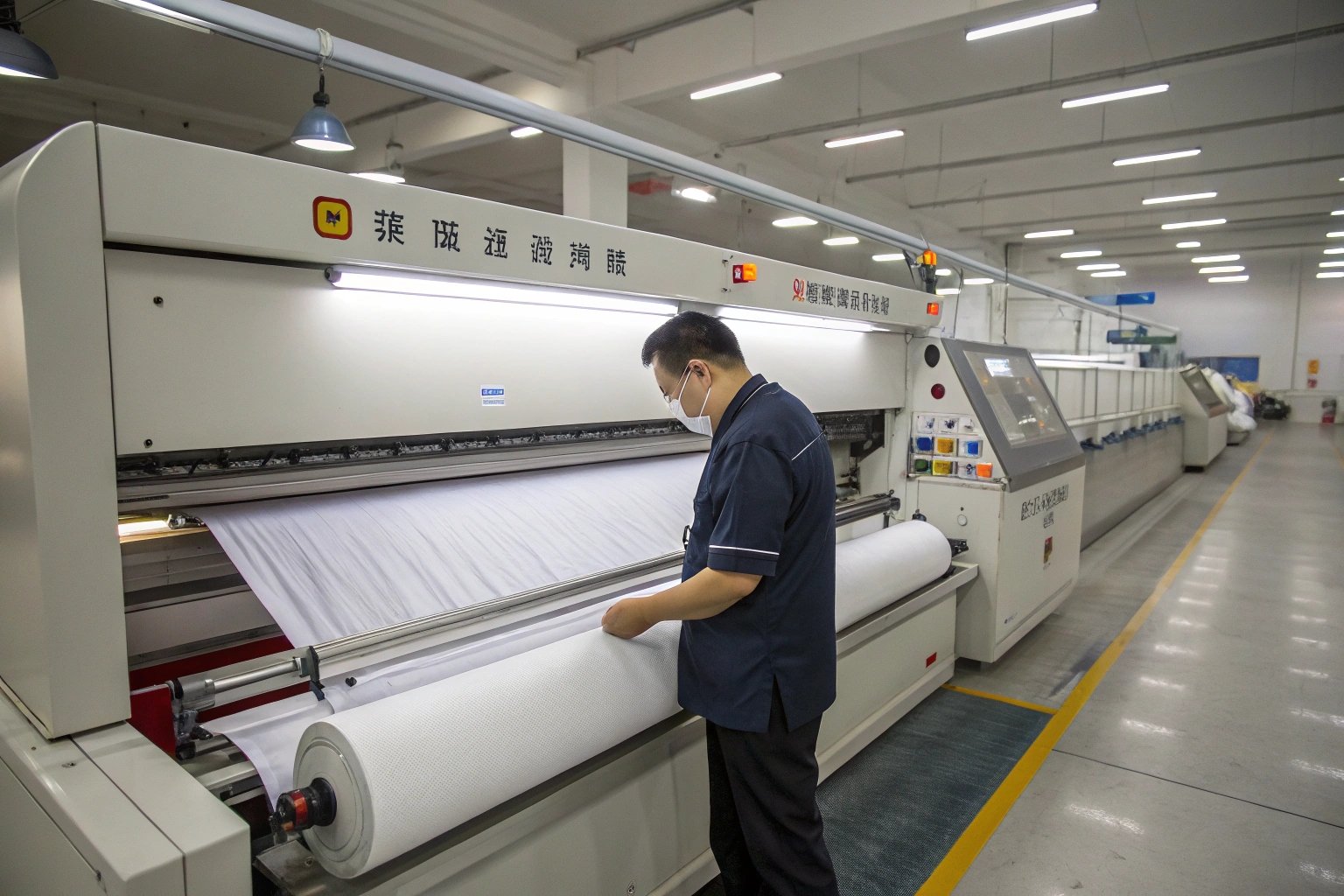For global buyers, one defective shipment can ruin customer trust and profits. Whether you're sourcing for apparel, upholstery, or uniforms, poor-quality fabric can delay production, increase costs, and damage your brand reputation. The key to avoiding such nightmares? Systematic and transparent fabric inspection.
Fabric inspection is essential for preventing quality disputes by detecting defects, ensuring consistency, and providing verifiable evidence before goods are shipped.
As a textile manufacturer with 20+ years in international trade, I’ve learned that strong inspection systems are not just about compliance—they’re about partnership and long-term trust. In this article, I’ll walk you through how fabric inspection works and why it’s a critical step in quality control.
What Is Fabric Inspection and Why Is It Critical?
Fabric inspection is a quality assurance process that involves visually examining the fabric—yard by yard—before it is cut or shipped. The goal is to detect and grade any defects like knots, stains, holes, color variation, or misweaves.
By identifying defects early, fabric inspection ensures only approved-quality goods reach the customer, reducing costly rework and shipment rejection.
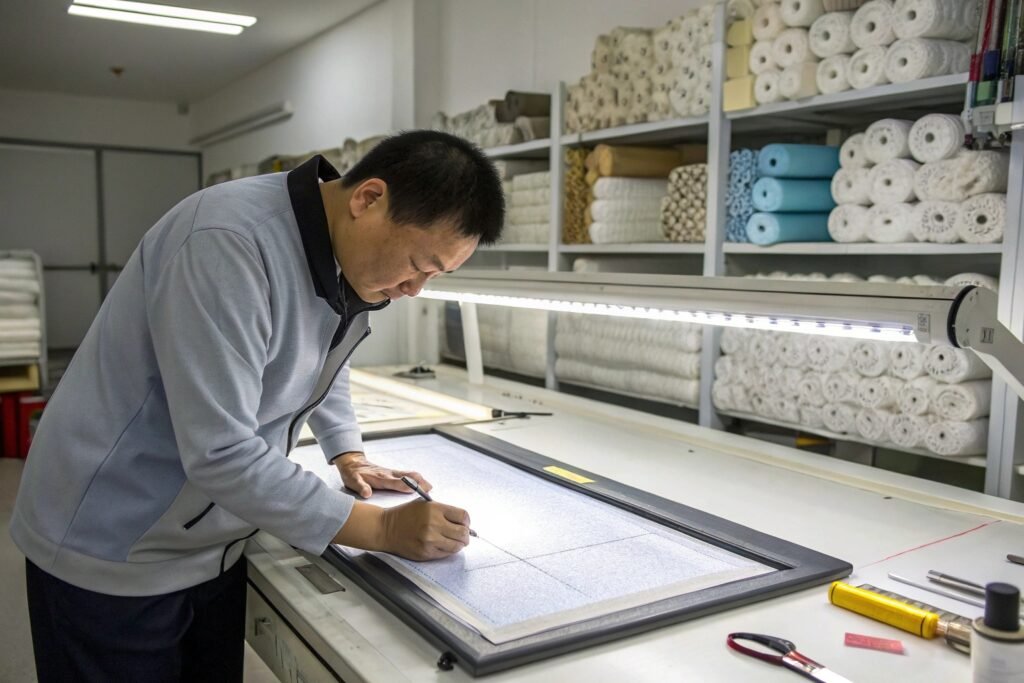
What Are Common Fabric Defects?
During inspection, we typically look for:
- Weaving Defects: Broken ends, floats, slubs
- Printing Defects: Off-register, smudging
- Dyeing Defects: Shade variation, spots
- Finishing Defects: Uneven brushing, coating bubbles
At Fumao, we use 4-point and 10-point inspection systems depending on the fabric type. We also conduct random spot-checks across dye lots to catch batch-level problems.
Why Do Quality Disputes Happen?
Most disputes happen because:
- No inspection was done at the mill
- The buyer didn't define clear standards
- The fabric was damaged during transit
- There’s no visual evidence to verify claims
Inspection solves all of this by providing documentation—photos, reports, defect charts—that can protect both the buyer and supplier from misunderstandings or false claims. Learn more on inspection best practices.
How Does the 4-Point Fabric Inspection System Work?
The 4-point system is the most widely used method to grade woven and knit fabric quality. Each defect is assigned a point value based on size and severity. The fewer points per 100 yards, the higher the quality.
The 4-point system assigns points for visible defects and sets an acceptable threshold for bulk shipment approval.
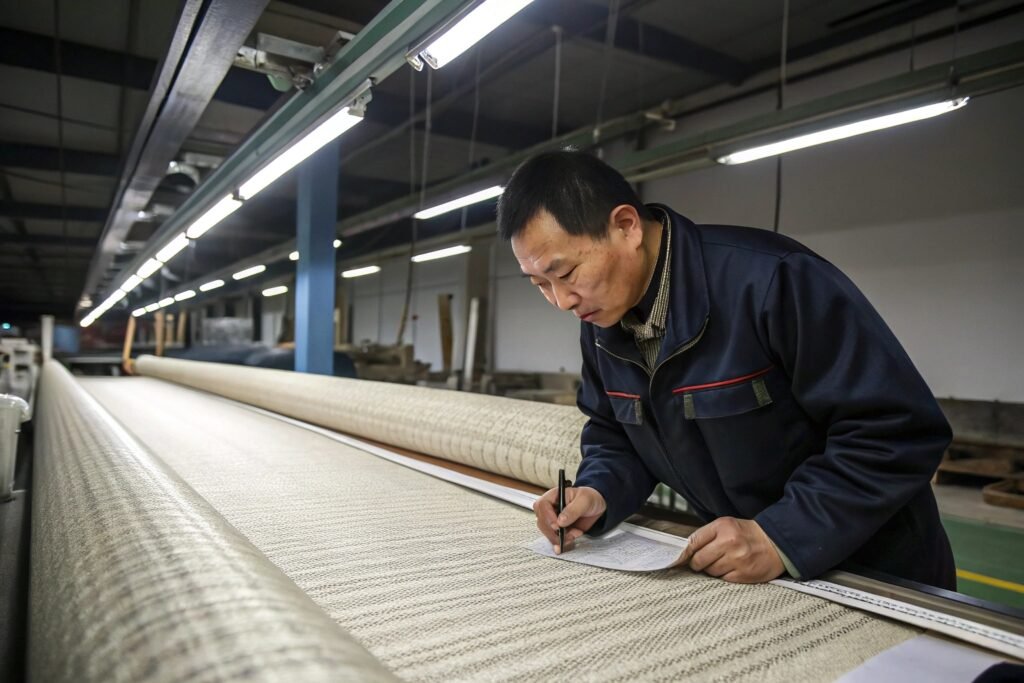
How Are Defects Scored?
| Defect Size (Inches) | Points Assigned |
|---|---|
| 0 – 3" | 1 point |
| 3 – 6" | 2 points |
| 6 – 9" | 3 points |
| Over 9" | 4 points |
- Max 4 points per linear yard
- Max 40 points per 100 square yards for acceptance
If a fabric exceeds the threshold, we either cut out defective rolls or alert the buyer to decide further action. The American Apparel & Footwear Association (AAFA) has industry guidelines for this.
How Do You Know a Roll Is Pass or Fail?
We inspect:
- 100% of selected rolls (based on AQL standards)
- Roll length, width, GSM, color consistency
- Defect frequency and severity
The inspection report is shared with the client along with roll numbers, images, and barcode-based defect tags. Our clients often use this to align bulk garment production with high-confidence batches only.
What Role Does Third-Party Inspection Play?
In larger orders, third-party inspection provides an extra layer of neutrality. Global buyers often appoint companies like SGS, QIMA, or Intertek to perform pre-shipment inspection.
Third-party fabric inspections reduce disputes by offering impartial verification and standardized quality benchmarks.
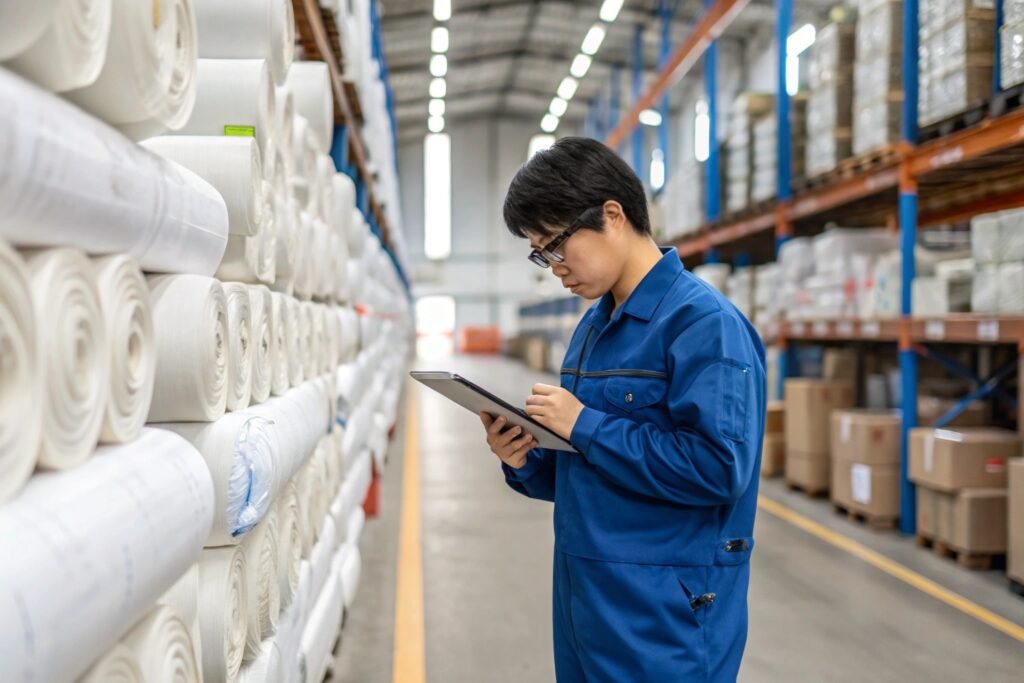
When Should You Request Third-Party Inspection?
- First-time supplier orders
- High-risk fabrics (e.g., coated, printed)
- High-volume shipments (20,000+ meters)
- When importing under government or corporate contracts
Buyers usually request “Final Random Inspection (FRI)”, covering packaging, labels, defect counts, and even basic fabric testing (e.g., colorfastness, shrinkage).
At Fumao, we offer full cooperation with third-party agencies. We even help clients book services with SGS and send samples directly to their labs if needed.
Is Self-Inspection Ever Enough?
Yes, if:
- The supplier has a strong QC team
- The buyer has visited the factory or validated their system
- The order is low-risk or repeat business
We use a QR-based internal QC system, where each roll’s defect map is logged and uploaded to the client portal. This gives traceability from weaving to shipping—especially useful when coordinating reorders or tracing fabric used in defective garments.
How Can Fabric Inspection Save You Money Long-Term?
Skipping inspection may save short-term costs, but long-term losses can be huge—especially when goods are rejected post-delivery or at customs due to non-compliance.
Fabric inspection helps prevent returns, save rework costs, reduce lead time loss, and maintain buyer-supplier trust in competitive global trade.
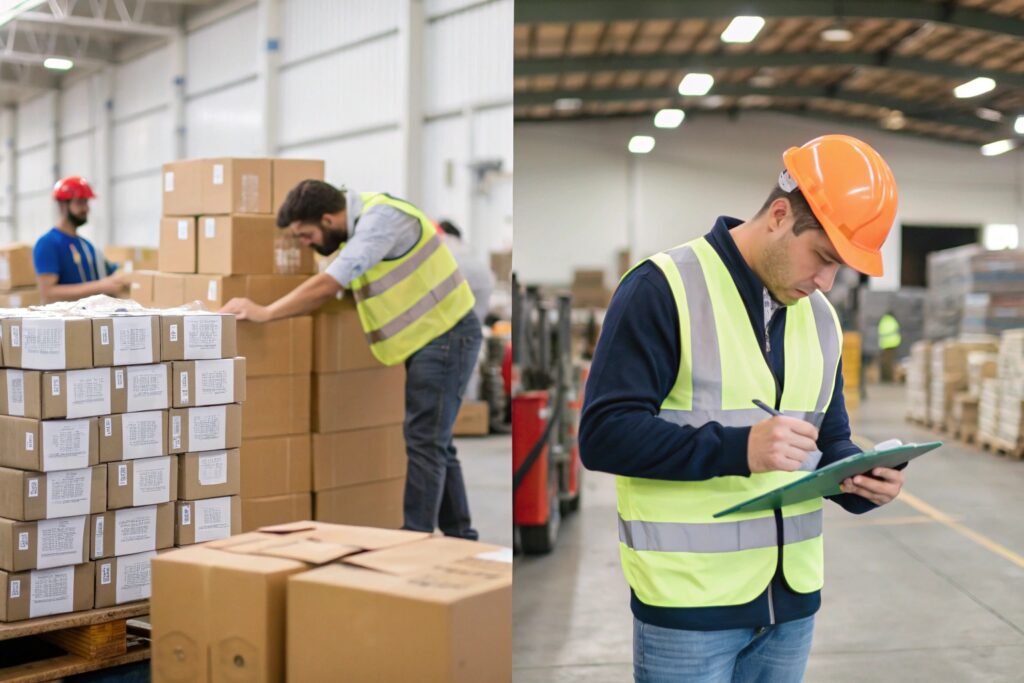
What Are the Hidden Costs of No Inspection?
| Cost Type | Potential Loss |
|---|---|
| Return Freight | $1,000–$5,000 per container |
| Reproduction Cost | 15–25% more than original production |
| Buyer Reputation Loss | Difficult to measure, but serious |
| Retail Refunds | 5–10% of monthly turnover |
A simple 4-point inspection system, costing less than $50 per 10,000 meters, can eliminate these risks. For high-end orders, the ROI is even better.
How to Integrate Inspection into Your Workflow?
We recommend this timeline:
- Before Production: Approve pre-production sample
- During Production: Random QC on first finished rolls
- After Production: Full-roll 4-point inspection
- Pre-Shipment: Third-party or buyer-side approval
At Fumao, we offer all four checkpoints as part of our standard QC service, and buyers can also view defect images in our live cloud dashboard.
Conclusion
Fabric inspection is not an extra—it’s a necessity. It creates a shared standard, builds transparency, and prevents disputes that could harm your business. Whether done in-house or by third-party experts, inspecting your fabric ensures it meets your requirements before it becomes someone else’s problem. As one of Keqiao’s full-process textile suppliers, we believe quality starts long before the garment is stitched—it starts with the fabric, and inspection makes that fabric trustworthy.

